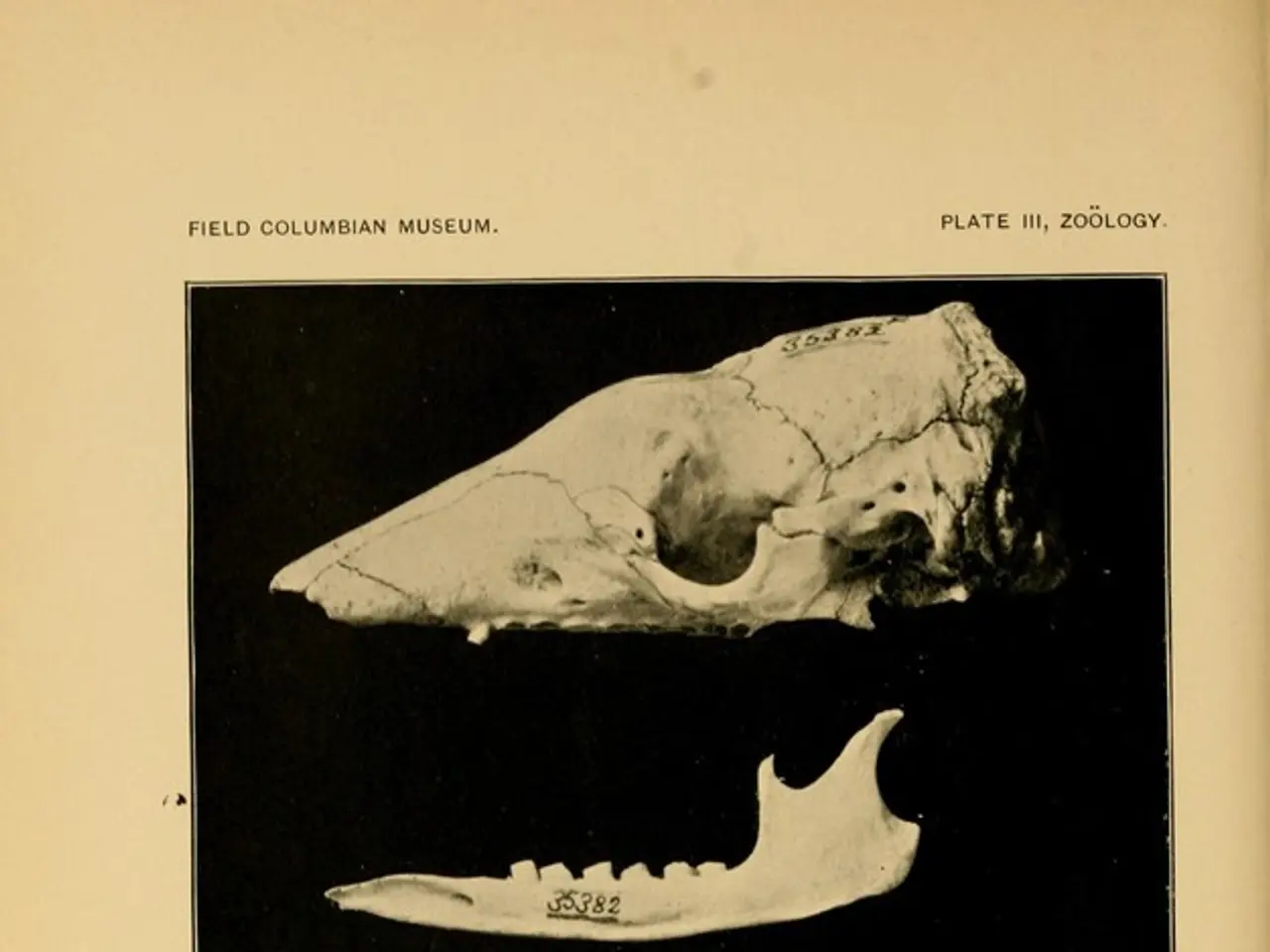New Insights into Longissimus Muscles: Backbone of Spine Stability and Movement
Scientists have discovered new details about the longissimus muscles, a group of muscles crucial for our spine's stability and movement. These muscles, named for their length, originate and insert at various points along our backbone.
The longissimus capitis, one of these muscles, begins its journey at the mastoid process of the temporal bone and the occipital bone. It runs along the back side of the cervical vertebrae, providing support and movement for our neck and head.
The term 'longissimus' is shared among several muscles near the spine, each with unique functions. The longissimus cervicis, for instance, originates at the upper thoracic vertebrae and inserts at the lower cervical spine, aiding in neck movements. Meanwhile, the longissimus thoracis, the longest continuation of the sacrospinalis muscle, starts at the sacrum and lumbar spine, connecting with the lumbodorsal fascia, supporting our lower back and torso.
These findings deepen our understanding of the intricate network of muscles that support our spine and enable our bodies to move with strength and flexibility. Further research is ongoing to explore the implications of these discoveries for treating spinal conditions and improving physical therapy.




